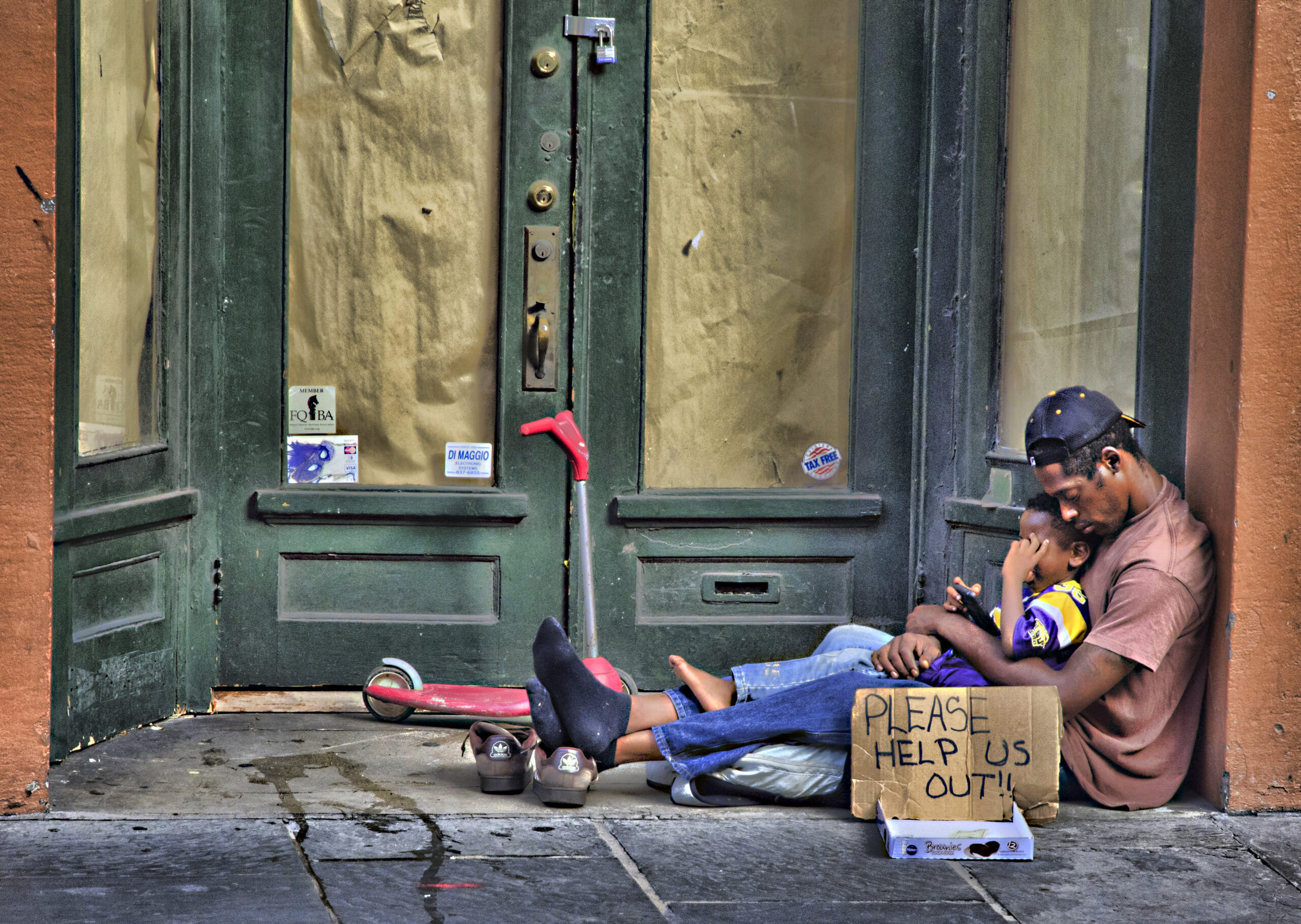“Ben Franklin Parkway” by jpellgen (@1179_jp) is licensed under CC BY-NC-ND 2.0
“homelessness” (CC by 2.0) by Peter Clark
The two encampments in Philadelphia have hosted protestors against the Philadelphia Housing Agency’s lack of leadership in providing adequate housing for the homeless since June 27.
After three long months of negotiations, the protestors have agreed to slowly remove themselves from the two camps in order to move forward with the deal. The deal itself has yet to be officially announced, but many people are waiting to hear the results.
There are over 5,700 people who are homeless in Philadelphia that have been recorded to the Office of Homeless Services. Ivan Munoz, 26, is a former student of West Chester University. He moved to Philly after graduating and immediately noticed the amount of people who were without homes and started to help with outreach to anyone who needed it.
He said, “It’s honestly shocking to see how many individuals are without homes, and disheartening to see that the city does nothing about it, in spite of the fact that they have more than enough resources to address the issue.”
The encampments, one on the Ben Franklin Parkway and the other on Ridge Avenue towards North Philly, started as a group of people marching against the city’s absence of help to find affordable housing.
Munoz said, “[I] was protesting with this group, and then we started marching from City Hall to the Parkway. People started setting up tents, then I joined in to help, and before I knew it, a couple weeks later it evolved into a very large encampment that served as a protest against the city’s horrible handling of programs for the homeless.”
According to the PHA website, there are “84,600 people on the public housing waiting list. Due to low unit turnover, the housing authority is currently processing applicants from 2004.”
The PHA blames this amount of people on the list due to the lack of funds. Before people are able to move into vacant homes, repairs need to be made to make it a suitable condition.
The PHA receives $371 million in funding. This money is used for food programs and rebuilding vacant buildings. The PHA, through the HOPE VI program, finds buildings that need work and then “those sites were then rebuilt with attractive townhouses and garden-style apartments for renters, homeowners and families of all incomes.”
Tammer Ibrahim, the housing chair for Reclaim Philadelphia, an organization that promotes “fighting for a world where healthcare, education, liveable environment, housing, safety and justice are human rights — not commodities.”
Ibrahim thinks that it has come to the point that the people of the city need to step in because the PHA is not providing the support it should. He says this is “the fastest and clearest way to move people into homes. The alternative PHA [is] interested in doing only fuels gentrification and displacement.”
Munoz also agrees and wonders why “there are more vacant buildings than homeless people in Philadelphia. The city is just sitting on them, these properties, waiting for the right moment to sell them to a developer. Instead, they could easily provide housing for every homeless person in the city.”
Jennifer Bennetch, one of the encampment organizers, thinks the PHA is finally just starting to listen to their demands. She says, “It’s a big step, especially since up until last week both the city and [the PHA] were totally against giving any homes whatsoever … It’s really important to us because people can be moved out of the encampments into homes.”
The people of Philadelphia and the surrounding areas are still waiting for an official announcement from city officials.
Shannon Goldhahn is a third-year English Writing major with a minor in journalism. SG962930@wcupa.edu

